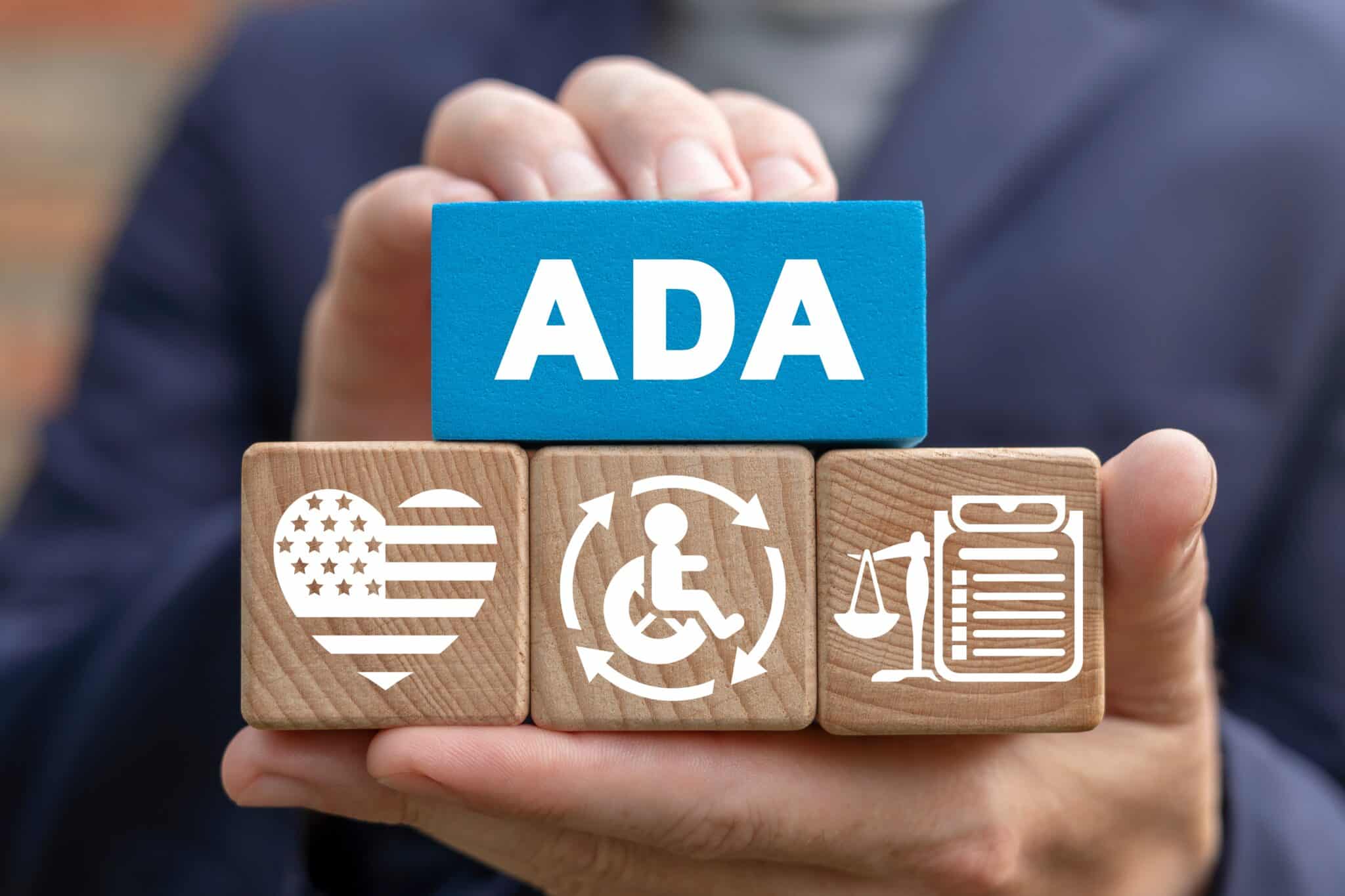What Is Florida’s Personal Injury Threshold?
If you’re involved in a personal injury lawsuit in Florida, then you’re likely to hear a lot of language being thrown around that you may not completely understand. One of those terms is something called the “serious injury threshold.”
The serious injury threshold is an important part of any Florida personal injury lawsuit. This is the element that determines your rights in regards to the compensation you seek as a person who has suffered injuries.
However, Florida is a no-fault insurance state, which adds another layer of confusion to this already complex topic. Here’s what you need to know about the serious injury threshold in Florida and how it relates to your personal injury case.
Serious Injury: What Is It?
The no-fault laws that govern car insurance in Florida may mean that there is only a certain amount of compensation that victims can receive for their injuries. If parties who are at fault for an accident need to be held accountable, then the serious injury threshold enters the picture.
Under the serious injury threshold, the term “serious injury” is defined. The law defines an injury as serious if it has a significant impact on the life of the victim. These injuries can plague a person for months and even years.
A non-serious injury, by comparison, is an injury that will heal quickly and without a great deal of suffering, pain, or medical intervention.
Under the law of the state of Florida, serious injury is defined by the serious injury threshold as:
- Permanent and substantial loss of a function of the body
- Injuries that are medically certain to be permanent
- Disfigurement or scarring that is permanent and significant
- Death
Serious injuries are considered health maladies such as traumatic brain injury, broken bones, injuries to internal organs, injuries to the spinal cord, and burns.
An injury must rise to meet this definition if it is to be considered severe enough to meet the serious injury threshold. If this bar is met, different rights for the victim come into play compared to those who suffer non-serious injuries.
Serious Injury Threshold: How Does It Work?
When accidents happen, the law seeks to provide the parameters under which someone can bring a lawsuit to seek compensation that is outside of Florida’s no-fault insurance system. Serious injuries related to a car accident give the victim the right to bring a personal injury lawsuit to help cover medical bills, repairs to their property, mental anguish, disabilities, legal fees, pain, suffering, and inconvenience from an injury that has altered the course of their lives forever.
The lawsuit is filed against the person who is at fault for the injuries. However, any injuries that don’t meet the serious injury threshold in the state cannot qualify to file this type of lawsuit. The victim must only file benefits through their own insurance provider and the personal injury protection they are required to carry in Florida.
How Serious Injury Threshold Works With Florida Insurance
As a no-fault state, Florida requires drivers to carry insurance to cover their own injuries if involved in an accident. However, the serious injury threshold allows those who meet it to seek compensation for serious injuries after an accident.
If the serious injury threshold is not met, then the victim does not have to prove fault in order to get the at-fault driver’s insurance to pay for any of their injuries or other damages. They simply file an insurance claim with their insurance company. The claim will pull from their bodily injury liability insurance, personal injury protection insurance, property damage liability insurance, and bodily injury liability insurance, which they are required to have when operating a motor vehicle in the state.
This required insurance should cover damages for injuries that don’t meet the serious injury threshold. But, if they qualify through the serious injury threshold, they may get better compensation for their damages – damages that are presumably much more significant.
How to Meet Serious Injury Threshold
As you can see, meeting the serious injury threshold can be helpful in seeking compensation beyond your own insurance, but you still need proof that you meet it. The burden of proof is on the victim to show that their injuries are serious, so they must show evidence to establish it.
Evidence varies from case to case, but, in most cases, you can prove that you suffered serious injuries through this type of evidence:
- Medical records
- Test results
- Treatment plan
- X-rays
- Physician statements
- Expert testimony
- Videos and photos
Proving a serious injury can take time, but it is worth the effort to get the compensation you deserve for your injuries.
About the Author:
Andrew Winston is a partner at the personal injury law firm of Winston Law. For over 20 years, he has successfully represented countless people in all kinds of personal injury cases, with a particular focus on child injury, legal malpractice, and premises liability. He has been recognized for excellence in the representation of injured clients by admission to the Million Dollar Advocates Forum, and named one of America’s Top 100 High-Stakes Litigators. Mr. Winston is AV Preeminent Rated by the Martindale-Hubbell Law Directory, enjoys a 10.0 rating by AVVO as a Top Personal Injury Attorney, has been selected as a Florida “SuperLawyer” from 2011-2021 – an honor reserved for the top 5% of lawyers in the state – was voted to Florida Trend’s ”Legal Elite,” recognized by Expertise as one of the 20 Best Fort Lauderdale personal injury attorneys, named one of the Top 100 Lawyers in the Miami area for 2015-2021, and one of the Top 100 Lawyers in Florida for 2015-2017 and 2019-2021.
 FL Car Accidents: What If You’re Pregnant?
FL Car Accidents: What If You’re Pregnant? 


















